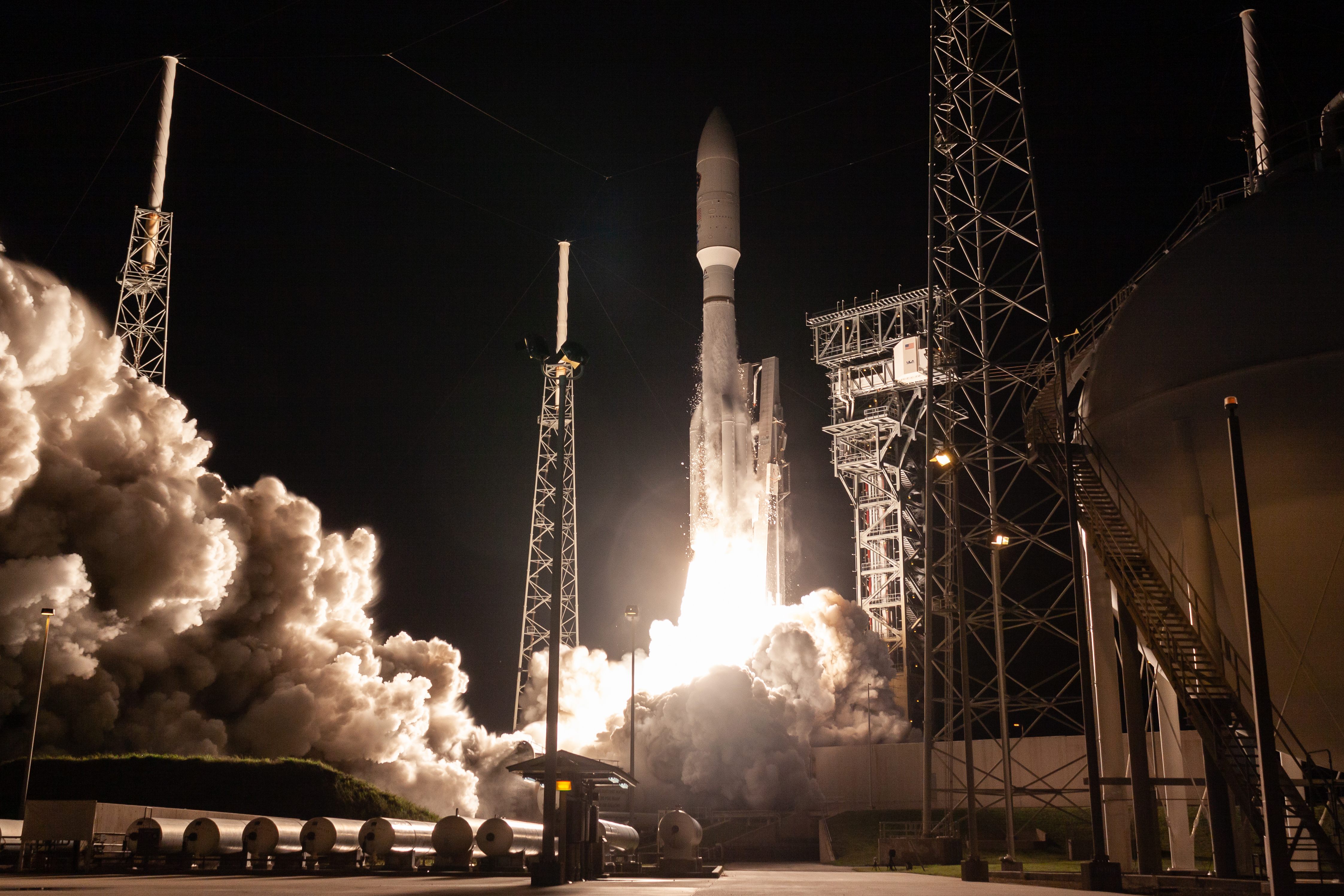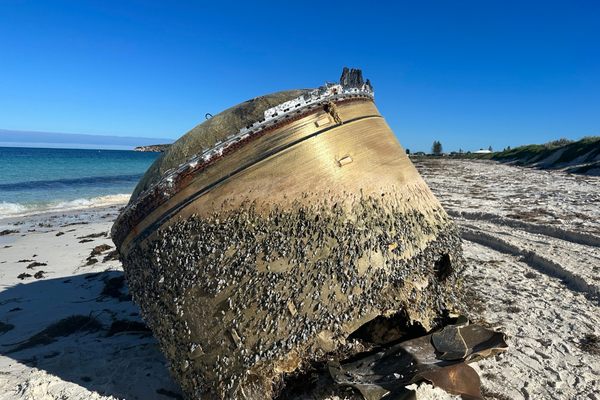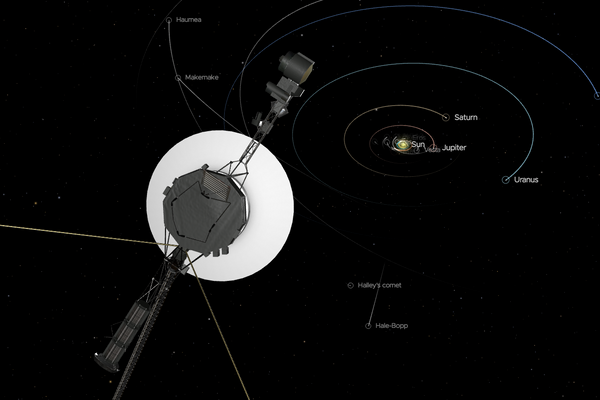A Rocket Treated Florida to a Light Show at Dawn
On Thursday, it catapulted a communications satellite into space from Cape Canaveral.
At 6:13 a.m. on the morning of Thursday, August 8, a bright trail of purple, blue, and white leaped across the Florida sky. The arc was as sweeping as a rainbow, but this wasn’t just a trick of the light. It was the result of a van-sized rocket launched from Cape Canaveral Air Force Station’s Space Launch Complex 41.
Unlike NASA launches of old, this rocket was engineered by a private company, Lockheed Martin, and launched by a private entity, the United Launch Alliance, on behalf of the U.S. Air Force Space and Missile Systems Center. “ULA is a launch service provider, and contracts with customers such as NASA and the U.S. Air Force to launch satellites,” says Heather McFarland, a communications representative at ULA. The United Launch Alliance was founded in 2005 as a collaboration between Boeing and Lockheed Martin.
Private spaceflight contractors like ULA, Blue Origin, and SpaceX adjust their yearly launches depending on their customers’ needs. “In preparation for a busy 2020 manifest, our factory in Decatur, Alabama will set a record-setting manufacturing pace with 30 boosters in production during 2019 and 2020,” McFarland says.


This particular rocket, which held a secure communications satellite, was visible in and around Tampa Bay. According to a mission overview from ULA, the AELF-5 (Advanced Extremely High Frequency) is designed to aid communication between military forces, and “features encryption, low probability of intercept and detection, jammer resistance and the ability to penetrate the electro-magnetic interference caused by nuclear weapons.”
Those who slept through the early-morning launch could still witness its bright burst, which lingered in the sky for hours and was made more visible by the rising sun. A press release said that the engine and five solid rocket boosters produced 2.5 million pounds of thrust. The spacecraft is approximately 197 feet tall, and boasts a 17-foot diameter sandwich composite structure “made with a vented aluminum-honeycomb core and graphite-epoxy face sheets,” according to the briefing.
Since 2002, the year this style of spacecraft-cradling rocket was first launched, the Atlas V has assisted in critical space exploration missions: New Horizons, the Juno mission to Jupiter, and the first journey to Pluto. Along the way, it has also provided Florida residents with a delightful, albeit temporary, change in celestial scenery.

















Follow us on Twitter to get the latest on the world's hidden wonders.
Like us on Facebook to get the latest on the world's hidden wonders.
Follow us on Twitter Like us on Facebook